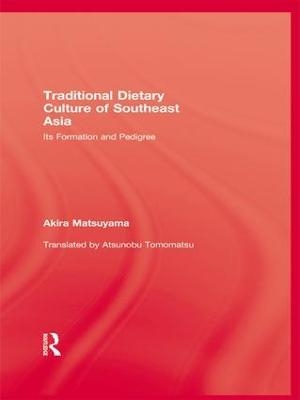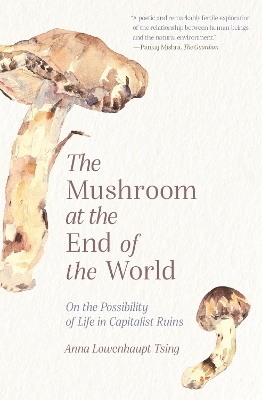
Traditional Dietary Culture Of Southeast Asia
Routledge (Verlag)
978-1-138-98595-7 (ISBN)
Professor Akira Matsuyama graduated from the University of Tokyo. He later obtained a doctorate in Agriculture from that university, later becoming Director of Radiobiology at the Institute of Physical and Chemical research. After working in Indonesia he returned to Tokyo's University of Agriculture as Visiting Professor. He is currently Honorary Scientist at the Institute of Physical and Chemical Research, Tokyo.
Introduction, 1 Geographical characteristics of Southeast Asia 2 Traditional dietary culture and traditional foods Chapter 1 Formation of the Southeast Asian world 1 Period of crustal movement 2 The glacial period of the Quaternary 3 Appearance of humans in Southeast Asia and their genealogy 4 Distribution and migration of human populations 5 Natural environments of Southeast Asia Chapter 2 Dietary culture in the prehistoric times 1 Paleolithic age 2 Transition from the Paleolithic age to the Neolithic age 3 Neolithic age of food-production economy Chapter 3 Dietary culture in the pre-European age 1 At the beginning of the historical age 2 Dietary culture during the early stage of the pre-European age 3 Dietary culture during the early stage of the pre-European age found in inscriptions 4 Stone reliefs of the Borobudur Buddhism site 5 Dietary culture during the late pre-European age 6 Temple reliefs of the late stage of the preEuropean age 7 Dietary culture of the pre-European age found in old Chinese historical records 8 Development of alcoholic-drink making in the preEuropean age Chapter 4 The European colonial age 1 The dietary culture of Southeast Asia at the beginning of the 16th century as found in navigation records during the age of geographical discoveries 2 Navigation records by Europeans in the 16th century 3 Javanese dietary culture in the modern age described in The History of Java by T.S. Raffles 4 Dietary culture in Dutch colonial days described in Dagh-Register Casteel Batavia and Nederlmidsch4tulisc)I Plakaatboek 5 Commercial crops: The increase in production of sugar, coffee and tea (A case study on Java) 6 Characteristics of Javanese traditional dietary culture in the Dutch colonial age Traditional dietary culture of Southeast Asia Chapter 5 Present dietary culture of Southeast Asia 1 Comparison of traditional dietary culture of the prehistoric age with that of the present day 2 Agriculture, stock raising and dietary life in mainland region 3 Agriculture, stock raising and dietary life in archipelagic region 4 The dietary life in West New Guinea 5 Hunters and gatherers existing in Southeast Asia 6 Changes in agricultural practice and the tradition of staple food culture Chapter 6 Traditional foods surviving to the present day 1 Sugary sap from the flower stalks of palm trees and palm wine 2 Black sugar and sago 3 Traditional fermented foods 4 Soybean products 5 Fishery salt-preserved foods and fish sauce 6 Starters used for food fermentation
| Erscheinungsdatum | 31.05.2016 |
|---|---|
| Verlagsort | London |
| Sprache | englisch |
| Maße | 156 x 234 mm |
| Gewicht | 453 g |
| Themenwelt | Sozialwissenschaften ► Ethnologie |
| Sozialwissenschaften ► Soziologie | |
| ISBN-10 | 1-138-98595-3 / 1138985953 |
| ISBN-13 | 978-1-138-98595-7 / 9781138985957 |
| Zustand | Neuware |
| Haben Sie eine Frage zum Produkt? |
aus dem Bereich


